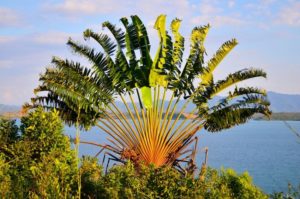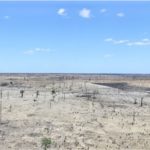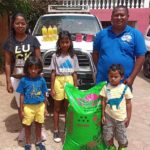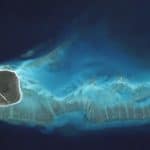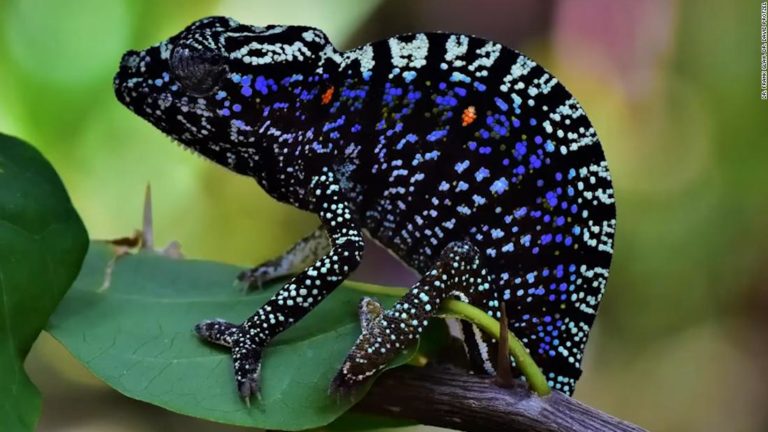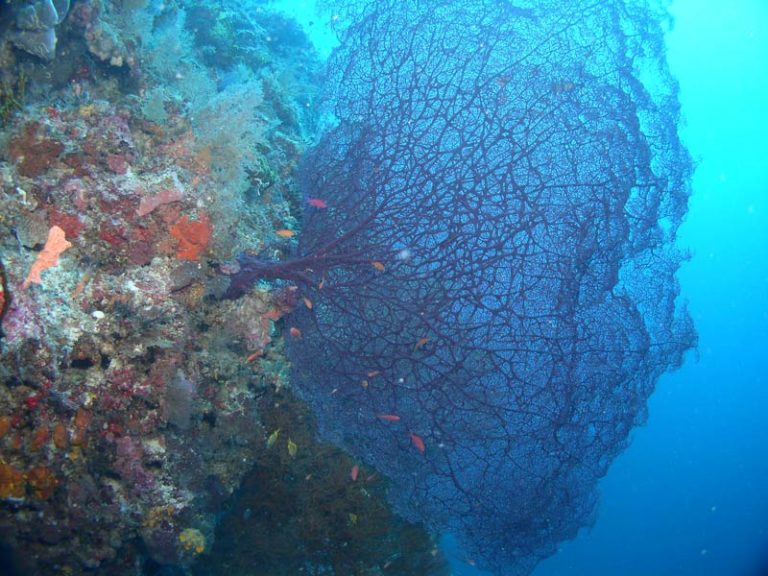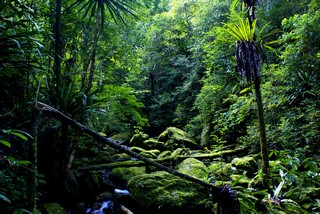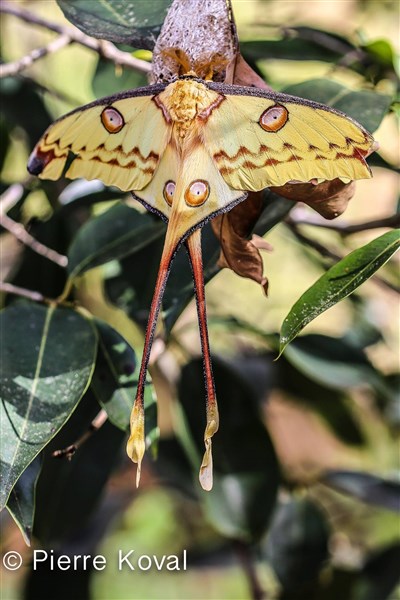Ravenala madagascariensis - Tree of the traveler
Union of man and nature and landmark of Madagascar
The emblem of is a tropical plant of the family Strelitziaceae, native to Madagascar. Endemic species, it is also the only species of the genus on the island and elsewhere, since Ravenala is a monospecific genus.
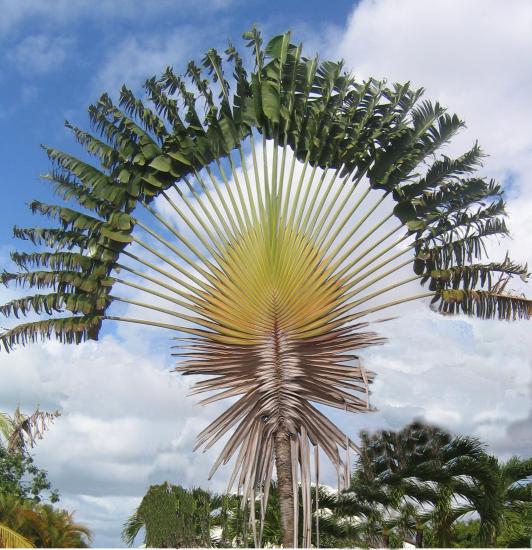 Ravinala is the Malagasy name for the tree.
Ravinala is the Malagasy name for the tree.
Its sap, abundant in the stems of the leaves, is drinkable and easily extracted with a machete. This fact has earned it its popular name in Western languages, as the tree helps to quench the thirst of the traveler.
In eastern Madagascar, 4 forms of Ravenala madagascariensis have been observed on slopes from sea level to 1000 m elevation.
The first form, locally called "malama", is rather rare and grows in the understory of undisturbed submontane rainforests.
The juvenile phase is characterized by a secondary spiral leaf arrangement, a long-stalked leaf blade, absence of petioles, and a torus-like leaf arrangement; the adult phase has a fan-shaped crown.
The second form, 'Hiranirana', is more common in forest clearings and decayed primary forests, and the juvenile phase more closely resembles the usual fan-shaped form with well-developed petioles and a relatively broad leaf blade, as well as a slightly and regularly changing leaf arrangement that persists through the adult phase.
The third form, 'bemavo', is the most common, growing on deforested slopes between 300-600 m above sea level, forming ravenala forests; all phases have a fan-shaped crown.
The fourth form, 'Horonorona', grows on deforested plains, both on poorly and well drained land, and differs from the other three forms in that it remains quite small and develops numerous offshoots.
Description
Originally from Madagascar, the traveler's tree belongs to the Strelitziaceae family.
It is not a tree (in the botanical sense of the word), but a perennial with a holey stem, which makes it resemble a palm tree.
Due to its shape and size, it is visible from afar.
The trunk can exceed a height of 10 meters, the total height is about 20 meters.
The botanist Philibert Commerson discovered them during his stay in Madagascar in 1779-1780.
The huge leaves are arranged in a fan shape in the same plane and the tree is often arranged in the direction of north / south.
Their fan-shaped leaves retain rainwater, where many mosquitoes lay their eggs. In Madagascar, these water reservoirs are home to some very original species that depend on this microhabitat (Amphibians, Beetle and mosquitoes).
The water accumulated at the end of the stems is not drinkable, it contains dead Insects, Frogs of which some species can only reproduce there.
When it blooms, it produces large white flowers with 3 sepals, 3 petals. In Madagascar, flowering begins in September and pollination is ensured by birds, bats and lemurs.
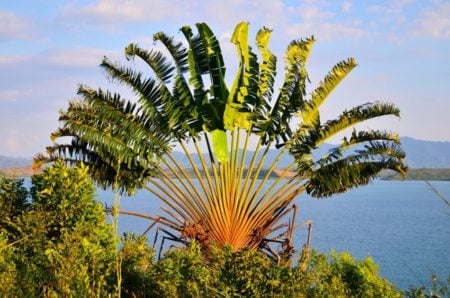
The bird lands and has to bend over to reach the coveted nectar. He bends over, bends over... and the flower suddenly opens and floods his chest with pollen.
He will go and place the precious seed on the pistil of another tree, thus willingly contributing to the reproduction of the ravenala.
Flowers usually open at night, nectar production is abundant with maximum production reached at midnight.
In Madagascar, the tree is mainly cultivated by several Lemur species pollinated, e.g. from the Nonettenmaki (Varecia variegata) and from the black lemurs (Eulemur macaco).
The lemurs appear to be highly dependent on the nectar of the traveler tree at certain times of the year.
In areas outside its natural range, the flowers are often accompanied by large Bats like Pteropus alecto gouldii and Macroglossus lagochilus visited.
Fruits are 6-lobed capsules that resemble woody bananas and contain many seeds surrounded by intense blue fibers that attract birds.
Ecology
Endemic species of Madagascar, the Ravinala tree predominates on the eastern side of the large island.
It is one of the rare endemic forest species that survive in secondary grass formations and in exotic thickets, always on cool and moist soils.
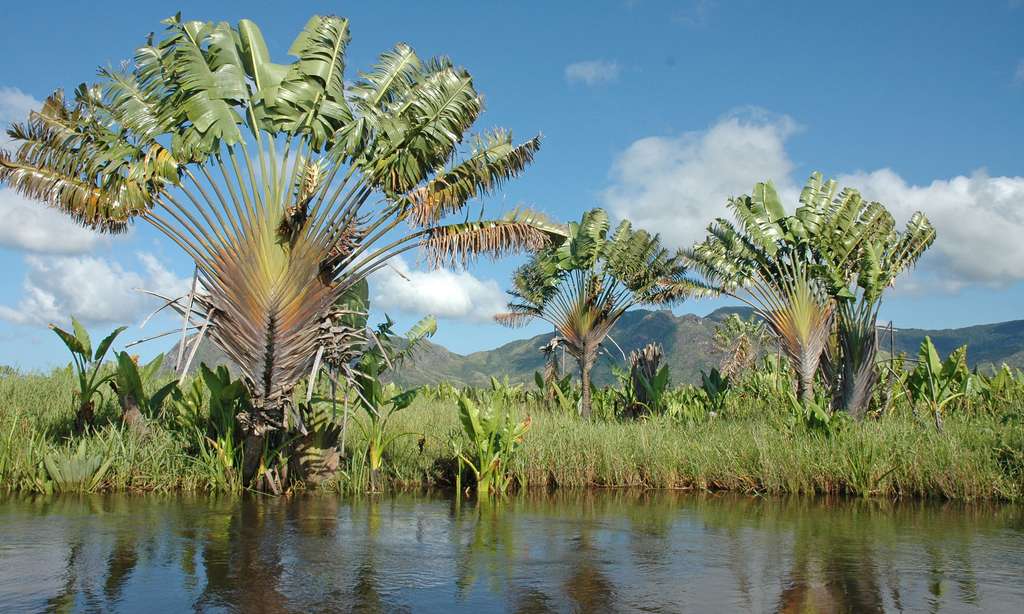
The Ravinala prefers sheltered, warm, humid areas near the coast between sea level and elevations of 450 m, but can be found up to 1000 m above sea level.
The Traveler tree is also found in Reunion Island, Mauritius, Comoros (especially Mayotte), Guyana, Guadeloupe, Martinique, New Caledonia, French Polynesia, and in gardens of various tropical regions (Thailand, Cameroon, Paraguay, etc.) where it has been introduced as an ornamental plant and sometimes becomes an invasive plant.
Usage
On the east coast of Madagascar, its various parts are used as material for the construction of traditional and functional plant huts. The split leaf stems, called falafa, are used to make wall panels.
The dried leaves are used to cover the roofs, and finally the trunk is used to make flexible boards called rapaka, which are used to make the floor.
The oil content of seeds and kernels is 4% and 68%, respectively. The oils have a fatty acid intermediate composition between palm oil and cocoa butter (oleic acid 39% and palmitic acid 34-42%) and can be a secondary source of vegetable butter.
Sugar can be obtained from the juice of the stem.
The seeds are edible, but mealy and the seeds are tasteless.
The oil from the seeds is sometimes used for cooking and is said to have antiseptic properties. The pith of the stem is sometimes used as fodder for livestock and can also be eaten as a salad when the leaves are young.
The Ravinala palm is the emblem of Madagascar
The Ravinala palm is the emblem of Madagascar, you can find it stylized for example on the airplanes of the national Airline Air Madagascar. A machete blow to the base of the handle brings a particularly 
It is possible to recover over a liter per machete blow after the rainy season, when the tree is saturated with water.
Cultivation
This relatively frost-resistant species has long been introduced to tropical botanical gardens around the world, including the Pamplemousses Botanical Garden in Mauritius, the Eala Botanical Garden in the Democratic Republic of Congo , the National Tropical Botanical Garden in Hawaii , the South China Botanical Garden in Guangzhou .
In temperate climates it is grown under glass or in winter gardens.
Since ravinala is a popular ornamental tree that is widely cultivated, developing cultivars in different locations could be a good commercial option.
With deforestation proceeding at an alarming rate in Madagascar, protecting this tree from uncontrolled logging may soon become necessary.
Medicinal properties of Ravenala
The real question is: Does this tree also have medicinal properties?
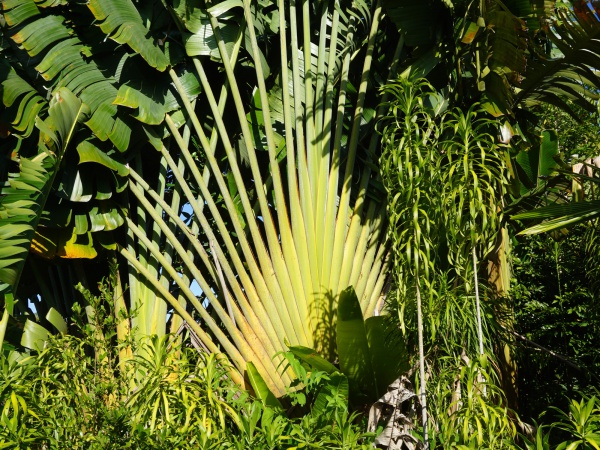
However, if we look closely, we find traces of its use in diabetes cases to "wash the wounds on the liver". For this purpose are traditionally used the veins of the leaves, taken in decoction (thesis of Nelly Le Grand, 2008).
Widely used in tropical areas, where it was imported as an ornamental tree, other uses have developed here and there. On the island of Reunion, it is used (the leaf stalks) to make a diuretic and refreshing drink. It is also said to have anti-inflammatory properties against edema and antiseptic properties (tannins in the fruit).
But it is the antidiabetic activity that has caught the attention of scientists.
A study has shown the ability of ethanolic extract (even more than the aqueous extract) to lower glucose levels in the blood.

